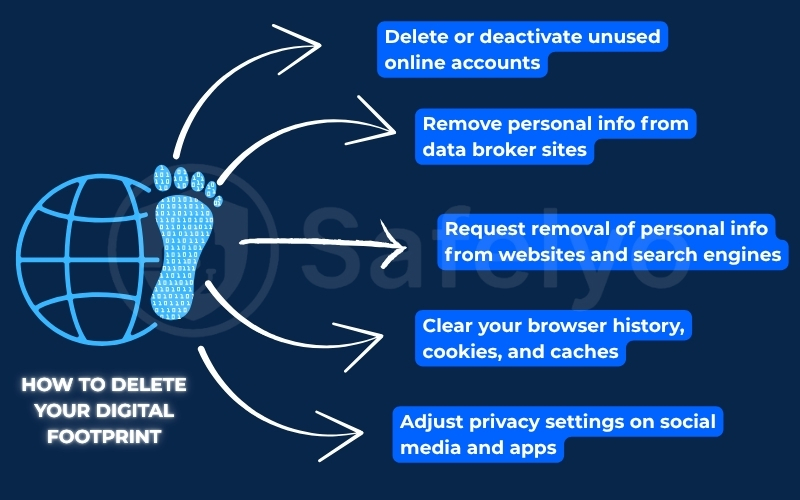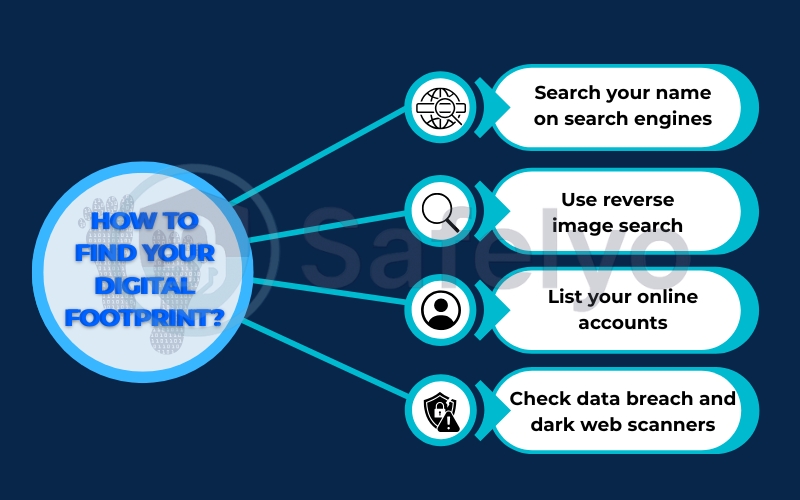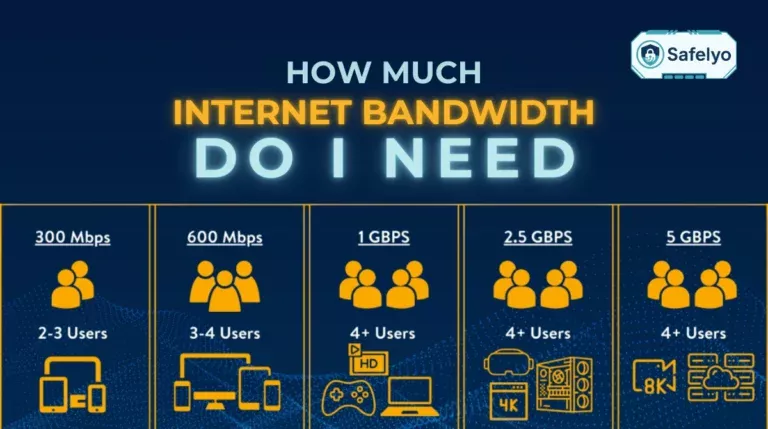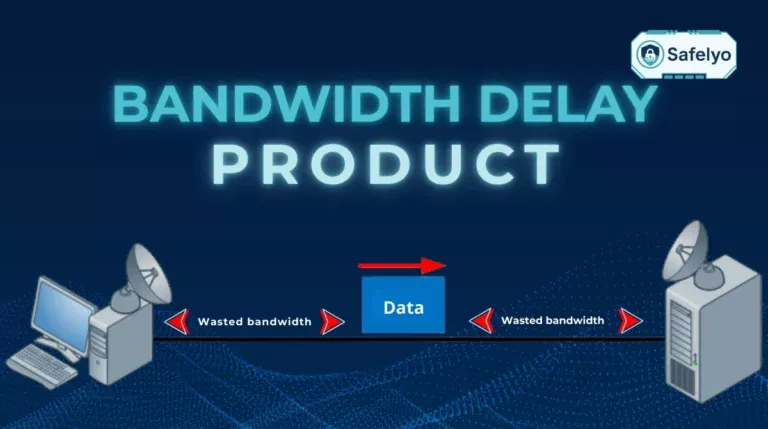Your digital footprint includes all the information you leave behind whenever you use the internet. This can range from social media posts, online purchases, comments, to websites you visit and data collected by third parties. Knowing how to delete your digital footprint is essential for safeguarding your privacy, avoiding identity theft, and controlling your online reputation.
In this guide, I will walk you through everything, step-by-step:
- How to locate your digital footprint online
- Clear, actionable steps to delete or minimize your online traces
- Best practices to prevent building a large digital footprint in the future
Keep reading to discover effective ways to clean up your online presence and improve your digital privacy.
1. How to delete your digital footprint?
Once you know where your personal information is located, the next step is to know how to delete your digital footprint. This process involves removing accounts, requesting data removals from websites and data brokers, and cleaning up local browser data. Following these clear and practical steps will significantly reduce the amount of personal information available about you online.
1.1. Delete or deactivate unused online accounts
Log into your inactive or rarely used accounts and use the platform’s settings to deactivate or delete them permanently. Many social networks and services offer easy account deletion options. This stops them from collecting more data and removes stored personal info.
1.2. Remove personal info from data broker sites
Data brokers like Whitepages, Spokeo, BeenVerified, and PeopleFinder collect and publish detailed personal information for marketing or other uses. Visit their opt-out or privacy pages to submit requests for your data to be removed. This process can be time-consuming but is crucial to shrinking your footprint.
1.3. Request removal of personal info from websites and search engines
If personal information appears on websites or blogs, contact the site administrators directly to request removal. Additionally, you can use tools like Google’s Remove Outdated Content to remove cached pages or snippets that include your data. Keep in mind that not all websites will comply, but persistence often pays off.
1.4. Clear your browser history, cookies, and caches
Your web browsers store extensive records of your online activity locally. Regularly clear your browsing history, cookies, and cached files to remove traces that can be used to track you or reconstruct your habits. Use browser settings or extensions designed to manage privacy effectively.
1.5. Adjust privacy settings on social media and apps
Review and tighten privacy settings on all social media platforms and mobile apps. Set your profiles to private, limit who can see your posts or personal info, and remove old content that you no longer want public. Deleting comments, photos, and tags that reveal sensitive data is also important.

2. How to find your digital footprint?
Before you can begin deleting your digital footprint, it’s important to understand what information about you is already available online. Your digital footprint can include personal details, images, posts, and even data you didn’t realize was public. Taking time to search and identify this data helps you know exactly what to target for removal and better protects your online privacy.
2.1. Search your name on search engines
Start by entering your full name into search engines like Google, Bing, or DuckDuckGo. Use quotation marks around your name for exact matches (e.g., “John Smith”). Review the search results thoroughly, including images, news, and videos, to see what personal data or mentions appear publicly. Take note of any outdated or inaccurate information that might harm your privacy or reputation.
2.2. Use reverse image search
Your profile pictures or personal photos may be appearing in unexpected places. Upload your images to reverse image search tools such as Google Images or TinEye. These tools show where else your photos have been posted online, helping you track unauthorized use or identify accounts and websites sharing your images.
2.3. List your online accounts
Make an inventory of all your online accounts, including social media platforms, email addresses, e-commerce sites, forums, and subscriptions. Over time, forgotten or inactive accounts can store your personal data without your awareness, increasing your digital footprint and risk of exposure.
2.4. Check data breach and dark web scanners
Use services like Have I Been Pwned or Firefox Monitor to check if your email addresses or passwords have been leaked in data breaches. Some advanced tools also scan dark web databases for your information. Identifying breaches early allows you to change compromised passwords and take precautions to secure your data.

3. How to minimize new digital footprints?
Even after you’ve cleaned up your existing online data, it’s crucial to adopt strategies that limit the creation of new digital footprints. This includes using privacy tools like VPNs and private browsing modes, as well as being cautious about the personal information you share online. Developing good digital hygiene habits now will help you maintain better privacy and control over your data in the long term.
- Use private or incognito browsing modes to prevent storing cookies and history.
- Use a reliable VPN service to mask your IP address and encrypt internet traffic.
- Be cautious about sharing personal information on social media and websites.
- Regularly update privacy settings on all your accounts to limit data exposure.
- When creating new accounts, provide only the necessary information and use strong, unique passwords.
Read more:
4. FAQs – How to delete your digital footprint?
Understanding common questions about how to delete your digital footprint can help you manage expectations and approach this task more effectively.
Can I completely erase my digital footprint?
Completely erasing every trace of your online activity is nearly impossible. Once something is posted, it can be saved, copied, or archived by others. However, you can remove a large portion of it by deleting unused accounts, requesting websites to take down your personal information, and opting out of data broker databases. While some remnants may still exist, these steps can greatly reduce what’s publicly visible.
How long does it take to remove online information?
The time varies depending on the website or service. Some websites process removal requests within a few days, while others may take weeks or even months. In some cases, you’ll need to send follow-up requests or verify your identity before they act. Information in search engine caches may take extra time to disappear, even after the original content is removed.
Are there professional services to help delete my digital footprint?
Yes. Companies like DeleteMe, PrivacyDuck, and ReputationDefender specialize in locating and removing your personal data from people search sites, marketing databases, and other public listings. They charge fees, usually through a subscription, and may need to continue monitoring because your information can reappear over time.
What if someone else posts my personal info online?
First, contact the website owner or platform directly and request the removal of the content. Most social networks and forums have built-in reporting tools for privacy violations. If the information is sensitive, harmful, or puts you at risk, such as financial details, your address, or private photos, you may need to involve legal professionals or law enforcement for a faster and more forceful takedown.
How can I prevent building a large digital footprint in the future?
Limit what you share online and think twice before posting personal details. Use privacy-focused tools such as VPNs, ad blockers, and secure browsers to reduce tracking. Regularly review and clean up old posts, accounts, and app permissions. Adjust privacy settings on your social media so only trusted people can view your information.
5. Conclusion
Deleting your digital footprint is an important step to protect your personal information and maintain your online privacy. By following clear steps on how to delete your digital footprint, you can significantly reduce the amount of data exposed to others and regain control over your digital identity.
Key points to remember include:
- How to delete your digital footprint by finding and removing personal data from search engines, websites, and data brokers.
- Minimizing future footprints by using privacy tools like VPNs and managing social media privacy settings.
- Regularly monitoring your online presence and updating your privacy habits to stay secure.
Taking these actions helps ensure your online activity stays private and your personal data is safer from misuse. Keep learning and applying practical privacy strategies with Privacy & Security Basics library on Safelyo to enhance your digital security every day.






